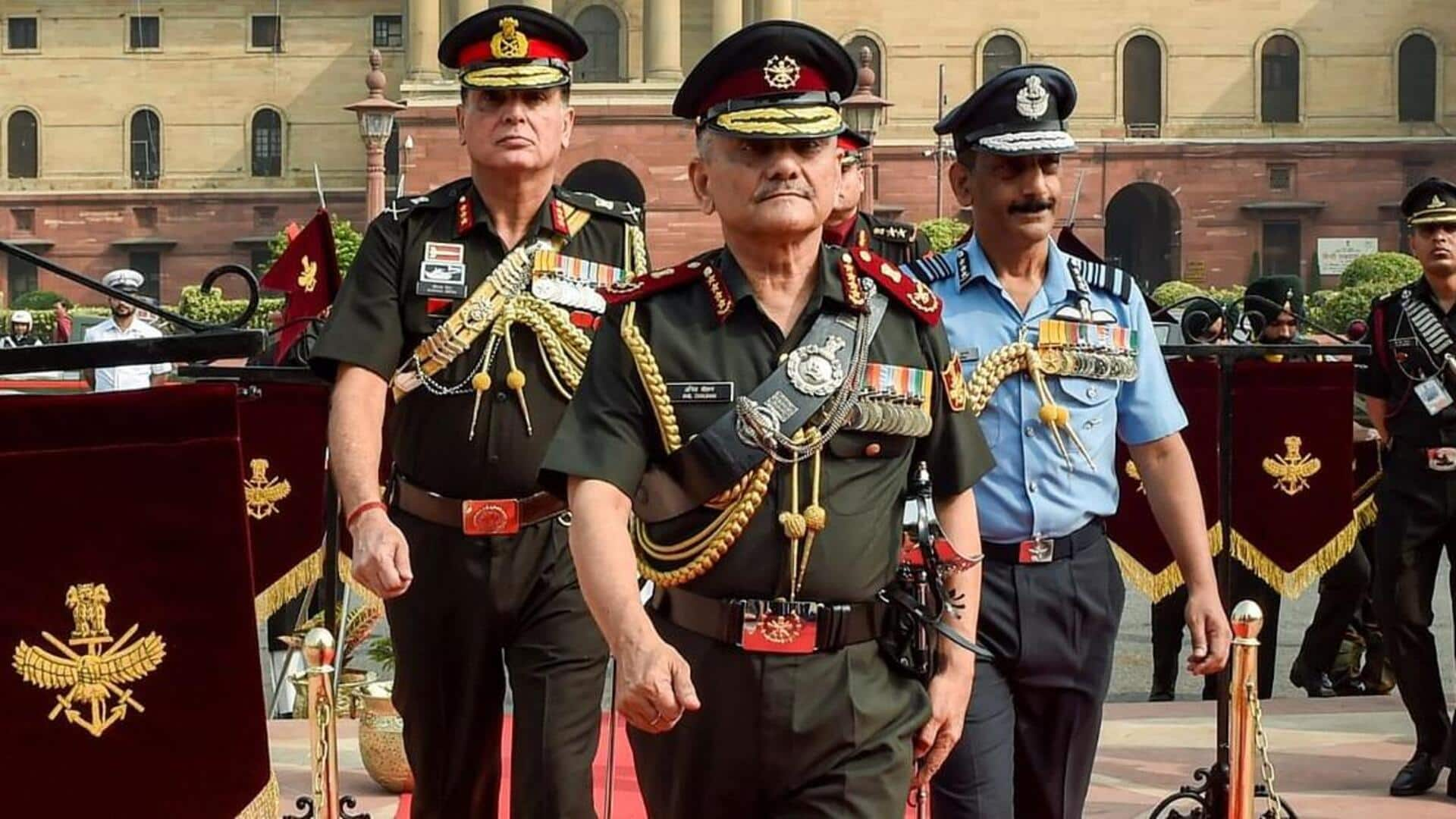
Countering fake narratives took up 15% of 'Operation Sindoor': CDS
What's the story
Chief of Defence Staff (CDS) General Anil Chauhan has revealed that 15% of the armed forces' time during 'Operation Sindoor' was spent countering fake narratives. Speaking at the Shangri-La Dialogue in Singapore, he said misinformation can quickly distort public perception during high-stakes operations. "Combating fake news was a constant effort," he said, adding that India's communication strategy was deliberate and measured.
Mission details
Operation Sindoor: India's strategic shift toward punitive deterrence
'Operation Sindoor', launched on May 7, targeted terror infrastructure in Pakistan and Pakistan-occupied Kashmir. The mission was a non-contact, multi-domain operation involving distributed force application, cyber and disinformation campaigns, intelligence capabilities, and network-centric operations. General Chauhan emphasized India's strategic shift toward punitive deterrence through remote precision during this operation.
Indigenous technology
India's reliance on indigenous systems for Operation Sindoor
General Chauhan also highlighted that India relied on indigenous systems like Akash during Operation Sindoor. He said India achieved success through an effective system of networking, integrating both domestic and foreign radars into a cohesive defense structure. "While Pakistan may have leveraged Chinese commercial satellite imagery, there's no proof of real-time targeting support," said the CDS.
Information warfare
Importance of information warfare in modern conflicts
The CDS pointed out that modern conflicts are increasingly adopting flexible and deceptive strategies, which resulted in 15% of 'Operation Sindoor's' time being dedicated to countering fake narratives. He said this highlights the need for a dedicated information warfare vertical. India's approach was fact-based communication, even if it meant slower responses, he added.
Future of warfare
Automation, robotics, and the future of AI in warfare
General Chauhan also discussed the downsides of automation and robotics in conflict and the future of Artificial Intelligence (AI) in warfare. He said that when fewer lives are at risk, decision-makers may act more aggressively. However, military AI's utility is currently limited due to its reliance on open-source data. "It must be integrated into operations, wargaming, and intelligence gathering to become truly impactful," he added to be truly impactful.